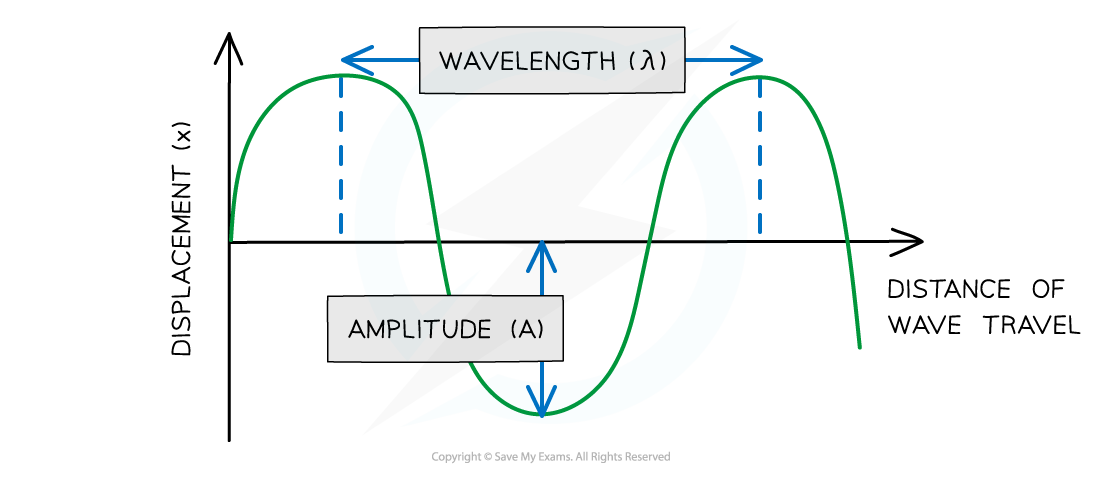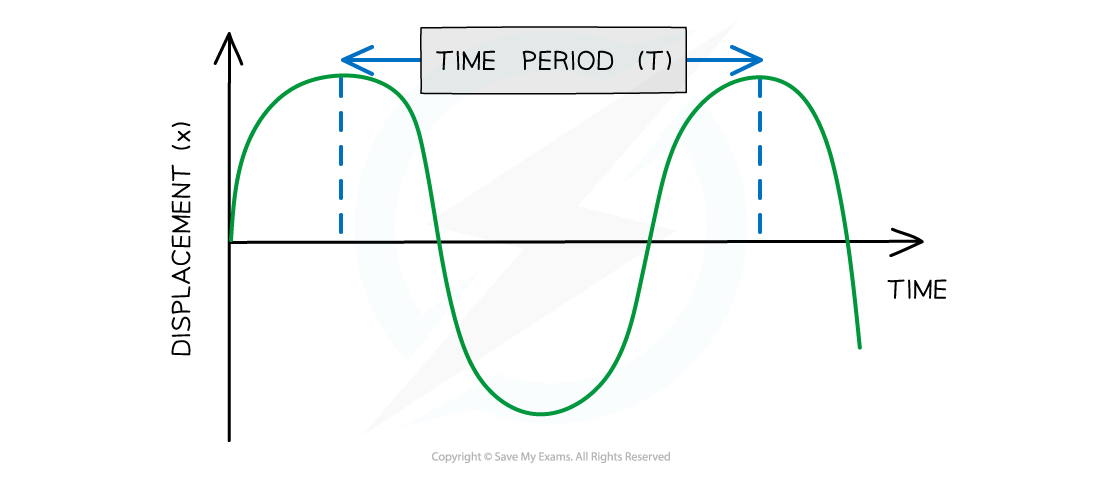Describing Wave Motion (OCR GCSE Combined Science A (Gateway)): Revision Note
Exam code: J250
Describing Wave Motion
When describing wave motion, there are several terms which are important to know, including:
Amplitude
Wavelength
Frequency
Period
Amplitude
Amplitude is defined as:
The distance from the undisturbed position to the peak or trough of a wave
It is given the symbol A and is measured in metres (m)
Amplitude is the maximum or minimum displacement from the undisturbed position
Wavelength
Wavelength is defined as
The distance from one point on the wave to the same point on the next wave.
In a transverse wave:
The wavelength can be measured from one peak to the next peak
In a longitudinal wave
The wavelength can be measured from the centre of one compression to the centre of the next
The wavelength is given the symbol λ (lambda) and is measured in metres (m)
The distance along a wave is typically put on the x-axis of a wave diagram

Diagram showing the amplitude and wavelength of a wave
Frequency
Frequency is defined as:
The number of waves passing a point in a second
Frequency is given the symbol f and is measured in Hertz (Hz)
Time Period
The time period of a wave is defined as:
The time taken for a single wave to pass a point
This can also be stated as
The time taken for one full cycle of a wave
The time period is given the symbol T and is measured in seconds (s)

On a graph, this can be seen by the time taken for a complete wavelength, if the horizontal axis is time

Diagram showing the time period of a wave

Unlock more, it's free!
Did this page help you?